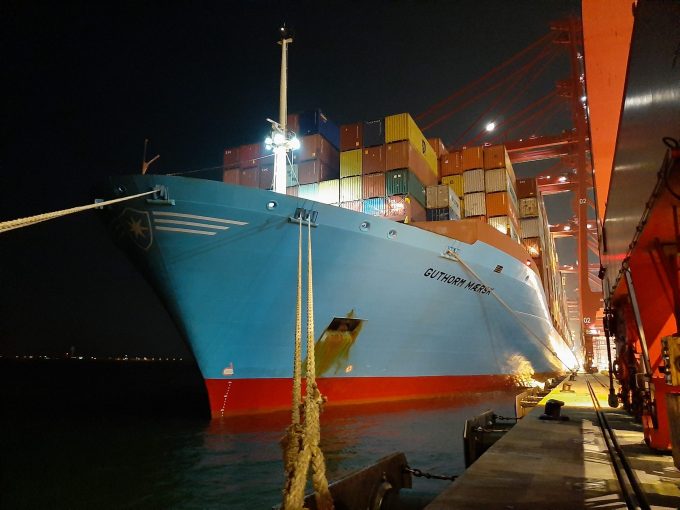Forwarders welcome MSC decision to continue 'critical' South Africa-USEC service
South Africa’s freight forwarders have welcomed a decision by MSC to continue its direct weekly ...

As the imbalance between supply and demand widens, container lines trading in the Indian market say they have made every effort to better manage shipper expectations, propelled by the resurgent global sourcing for Asian goods.
Echoing that sentiment, Sunil Vaswani, executive director of the Container Shipping ...

Comment on this article